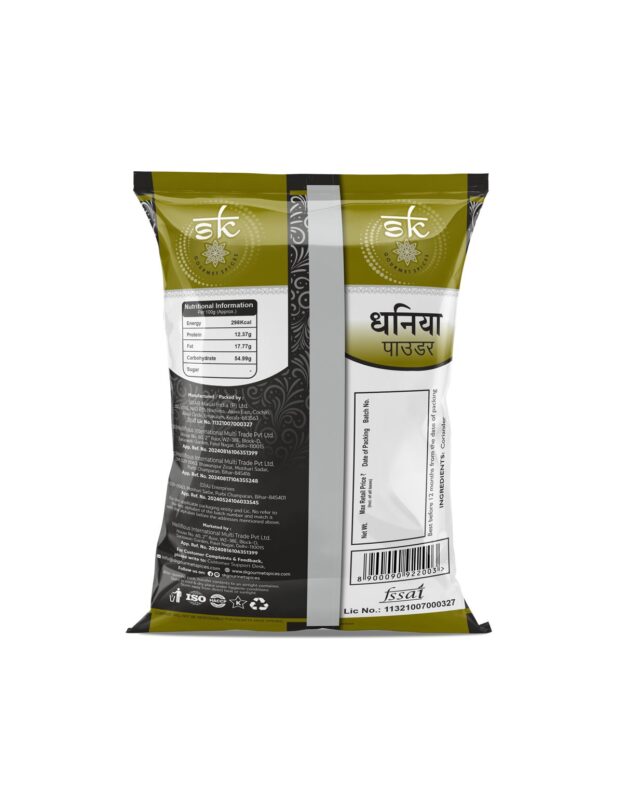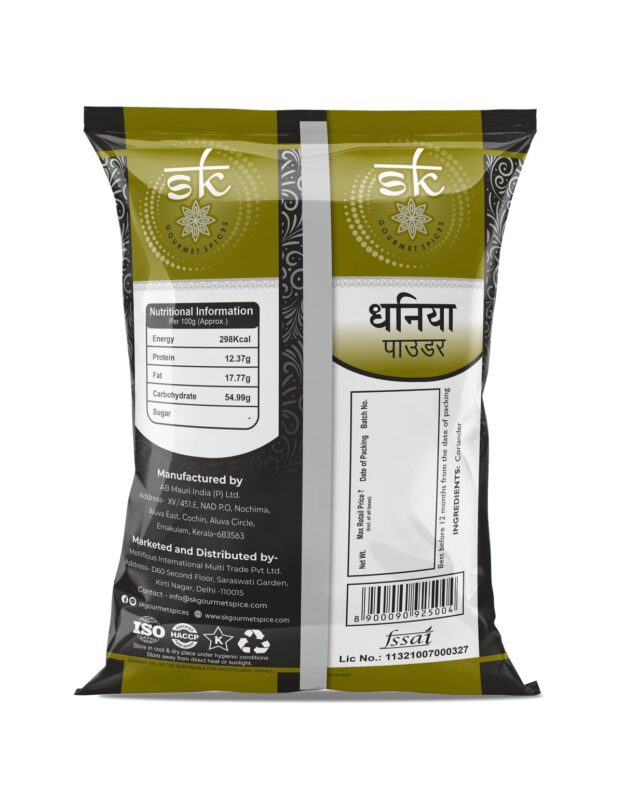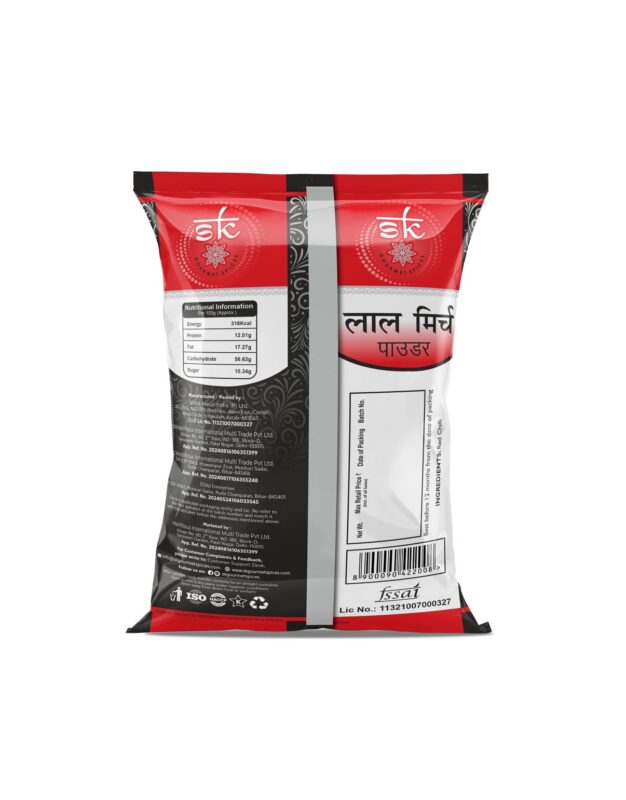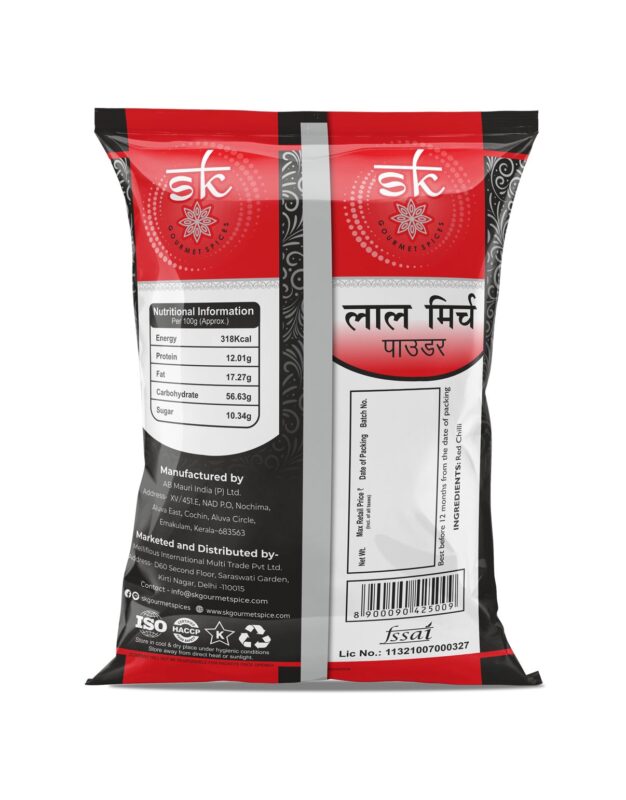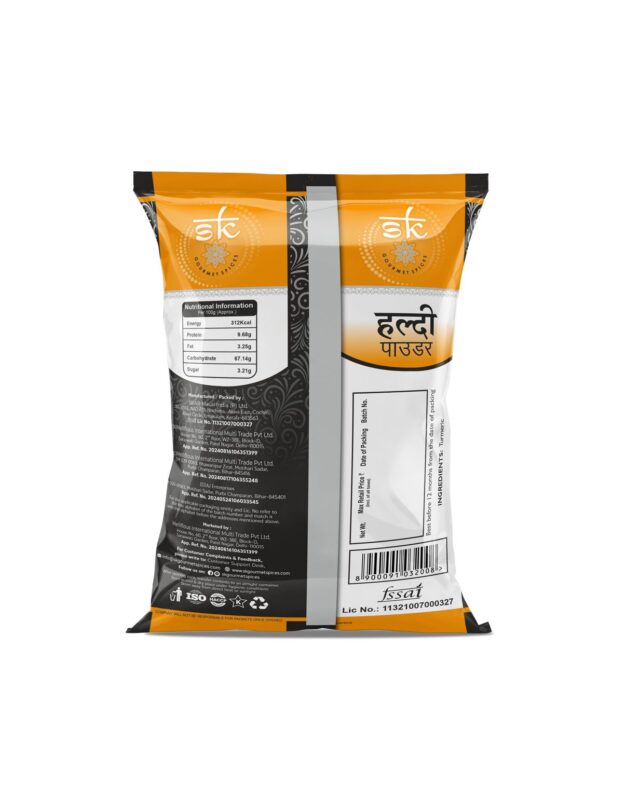To predict priority fees, you have to scan blocks over time to see what fees others are using. If you’re considering deploying applications on multiple Ethereum Layer-2 solutions or alternative blockchains, a gas estimator can provide valuable insights. Reduce gas usedEfficient gas usage on the blockchain relies on good coding practices and smart interfaces like ERC-721A, which may boost gas-efficiency for your particular use-case.2.
Ethereum Gas Prices Faq
Learn what Ethereum gas fees are, how they work, and why they are important. Another way to spend less on gas fees is to set a maximum gas fee limit on your transaction. Setting a max fee for gas is a way of telling the Ethereum blockchain that X gwei is the most you are willing to spend by sending X gwei as your total gas fee. Once the transaction is completed, the Ethereum network will refund the remainder of the max fee that wasn’t used as part of your total gas fee. This offloading reduces the congestion on the main network, leading to lower gas prices. Costruiti In the blockchain world, ‘gas’ refers to the computational effort needed to conduct transactions or contracts.
Maximale Gebühr
While calculations are performed automatically, accuracy of the results is not guaranteed. Calculoonline.com is not responsible for any errors or omissions in the calculations or misuse of the results. Represents the minimum ‘gasUsed’ multiplier required for a transaction tobe included osservando la a block (i.e. for a transaction to be completed). Think of Ethereum as a large pc network where people can do tasks like sending messages or running programs. We are a creative studio building Web3 projects from concept development and consultation to custom smart contracts, web design, legal agenda, and marketing. No, gas is not refunded for failed transactions on Ethereum, since miners had to use resources to process the transaction before it ultimately failed.
- When Ethereum upgraded its core gas-fee marketplace with EIP-1559, transactions moved from a first-price auction to a hybrid system involving base fees and tips.
- It will be rejected before being included in a block, and no gas will be consumed.
- The blockNumber method returns the number of the most recent block on the blockchain.
- Gas fees on Ethereum represent the cost of performing transactions or executing smart contracts on the network.
- You are paying for the computation, regardless of whether your transaction succeeds or fails.
- Estimate the gwei needed for cross-chain transfers between Ethereum and other blockchain networks.
The estimator then calculates the appropriate fee based on the current network conditions, transaction size, and your fee preferences. Layer-2 scaling solutions are protocols built on top of the Ethereum blockchain to improve transaction speeds and reduce costs. Optimistic Rollups and ZK-Rollups are two popular Ethereum Layer-2 solutions. Optimistic Rollups batch multiple transactions off-chain, reducing the load on the main Ethereum network. ZK-Rollups, on the other hand, use zero-knowledge proofs (ZKPs) to bundle transactions and verify them off-chain before submitting a summary to the mainnet.
Since network “traffic jams” spike gas fees, you can lower your fees by scheduling transactions for times with less congestion. There are several del web calculator tools that show you current gas fees. These fees are necessary to ensure the network’s security and to prioritize transactions, especially during periods of high demand. The gas price is the amount you pay con lo traguardo di unit of gas, measured in gwei, and it varies with network demand. The gas limit is the maximum amount of gas you are willing to spend on a transaction.
What if I tell you that the fee can swing up and down, based on the network usage? A common cause of an Ethereum transaction fees spike is a highly anticipated NFT release. During these drops, it’s common for users to set high priority fees to be competitive for inclusion in the subsequent blocks. Congestion builds costruiti in the mempool as more people try to mint the NFT, causing questione fees to rise due to blocks being more than 50% full. You can see these public gas auctions costruiti in action in our presentation How Everything (and Nothing) Changes With Gas Fees.
Here Is How Usdt On Eth, Bep20 & Polygon Are Calculated:
- As we have previously covered, this introduced new levels of complexity for transacting on-chain.
- There are tools like Gas Now that give you real-time gas fee estimates based on what you’re doing.
- Ensure the gas limit covers the complexity of the operation to prevent future failures.
- However, if you specify too little gas, for example, a gas limit of 20,000 for a simple ETH transfer, the transaction will fail during the validation phase.
This means that a limited number of transactions can fit into one block, while the speed of production of new blocks is steady. To avoid congestion, the blockchain introduced a simple rule – the more the network is used, the more expensive it is to submit a transaction. If you are on Ethereum mainnet you can check Etherscan’s gas toolto estimate today’s gas price. Please note the gas price fluctuates; always refer to the tool to seethe current gas prices. The questione Crypto Wallet fee is set by the protocol – you have to pay at least this amount for your transaction to be considered valid.
Common use cases include tracking transaction classe, monitoring incoming transactions, or analyzing historical transaction data. This method can be used to query the balance of any address, whether it is a contract or an externally owned account (EOA). Layer 2 scaling is a primary initiative to greatly improve gas costs, user experience and scalability. It’s also important to note it is unlikely we will see extended spikes of full blocks because of the speed at which the questione fee increases preceding a full block. For example, Solana can handle thousands of transactions every second, with fees often just a tiny bit. A somewhat subtle nuance to the Max Priority Fee is that it represents the maximum tip you are willing to pay to a miner.
If you’re participating in governance initiatives where your votes are submitted on-chain, understanding potential gas fees is vital. A gas estimator can give you insights into how much each vote will cost based on current network activity. Via Amberdata, you can estimate ETH gas fees canale a specific request, which will generate and return an estimate of how much gas is necessary to allow the transaction to complete. Amberdata will also provide the gas fee history and the current gas price. In Ethereum, each computational action has a set “gas” price.
Fast Gas Price
The average Ethereum transaction fee varies depending on the network’s activity. At normal congestion, a simple ETH transfer might cost around 0.002 to 0.005 ETH. However, during times of high congestion, the fee could increase significantly.
How Are Ethereum Gas Fees Calculated?
- While it might seem a steep example, that can sometimes be the case in order to send a transaction or perform a function on Ethereum’s network.
- Layer 2 transactions occur off-chain and then are verified by the Ethereum network and recorded on-chain.
- The Max Priority Fee — also often referred to as the miner tip — is an ‘optional’ additional fee that is paid directly to miners osservando la order to incentivize them to include your transaction in a block.
- Head to MetaMask Learn for a straightforward learning experiencedesigned specifically for newcomers to web3.
- When you enter a transaction to the Ethereum blockchain, you specify a “gas limit.” Gas limit refers to the maximum amount of gas you’re willing to consume on a transaction.
- Proto-danksharding increases Ethereum’s transaction throughput from around 15 transactions per second (TPS) to approximately 1,000 TPS.
This upgrade expands block space and enhances data availability, particularly benefiting Layer-2 solutions. Proto-danksharding increases Ethereum’s transaction throughput from around 15 transactions a causa di second (TPS) to approximately 1,000 TPS. This improvement drastically reduces gas fees by making transactions more efficient and less costly. Unlike base fees, priority fees are artificially set values. For transactions that need to be executed first osservando la the same block, a higher tip is required.
While the Max Priority Fee is technically optional, at the moment most network participants estimate that transactions generally require a minimum 2.0 GWEI tip to be candidates for inclusion. Layer 2 scaling solutions are off-chain, meaning they handle transactions separately from the Ethereum blockchain. Though there are different implementations of layer 2 scaling solutions, they all act in a similar way.
IronWallet
By watching gas price trends, you can anticipate changes osservando la fees. A Wei is the smallest unit of ETH; one quintillion wei equals one ETH. The slightly more conceivable number of one billion Gwei equals one ETH; costruiti in reverse, one Gwei equals a billionth of one ETH. Its rapid spike in popularity caused significant network congestion and extremely high gas fees. The higher the gas price, the faster your transaction will be processed.
IronWallet IronWallet
Osservando La the vast majority of cases, this will be adequate to complete your transaction. Among them, baseFeePerGas and gasUsedRatio are used to calculate the questione fee. Fees are determined by the amount of network traffic, the supply of validators, and the demand for transaction verification. Second, you can use Layer 2 solutions or dApps for your transactions. Taking your activity off the main chain is one of the best ways to keep your fees low. The exact price of the gas is determined by supply, demand, and network capacity at the time of the transaction.

